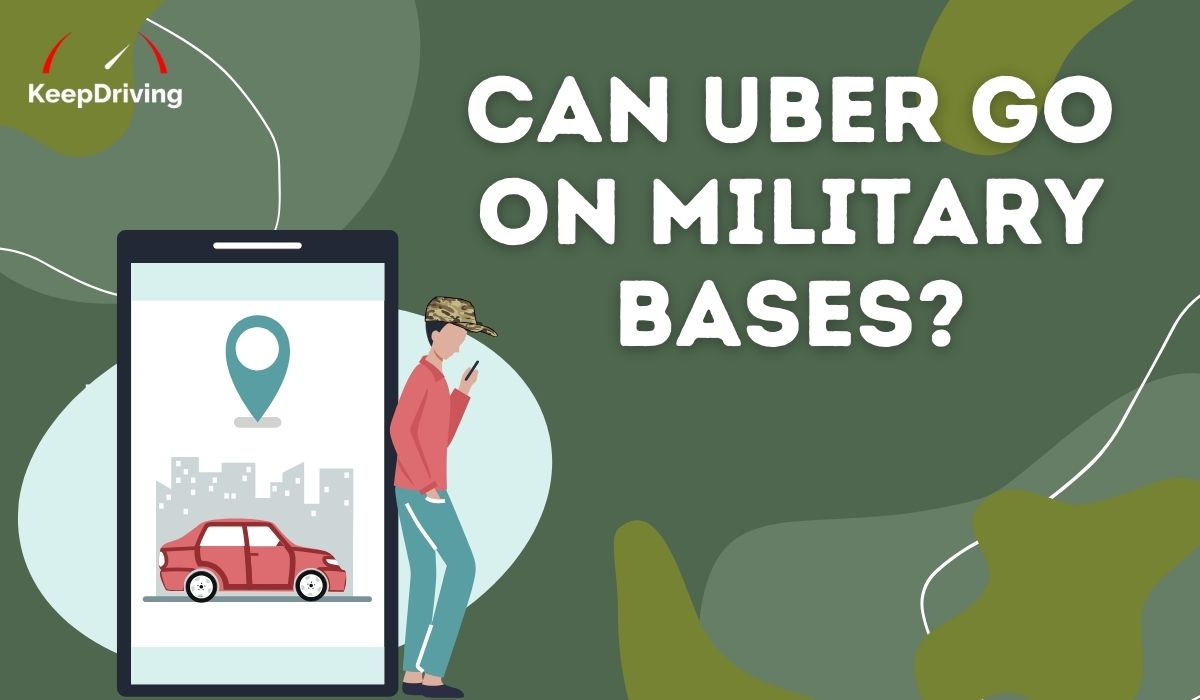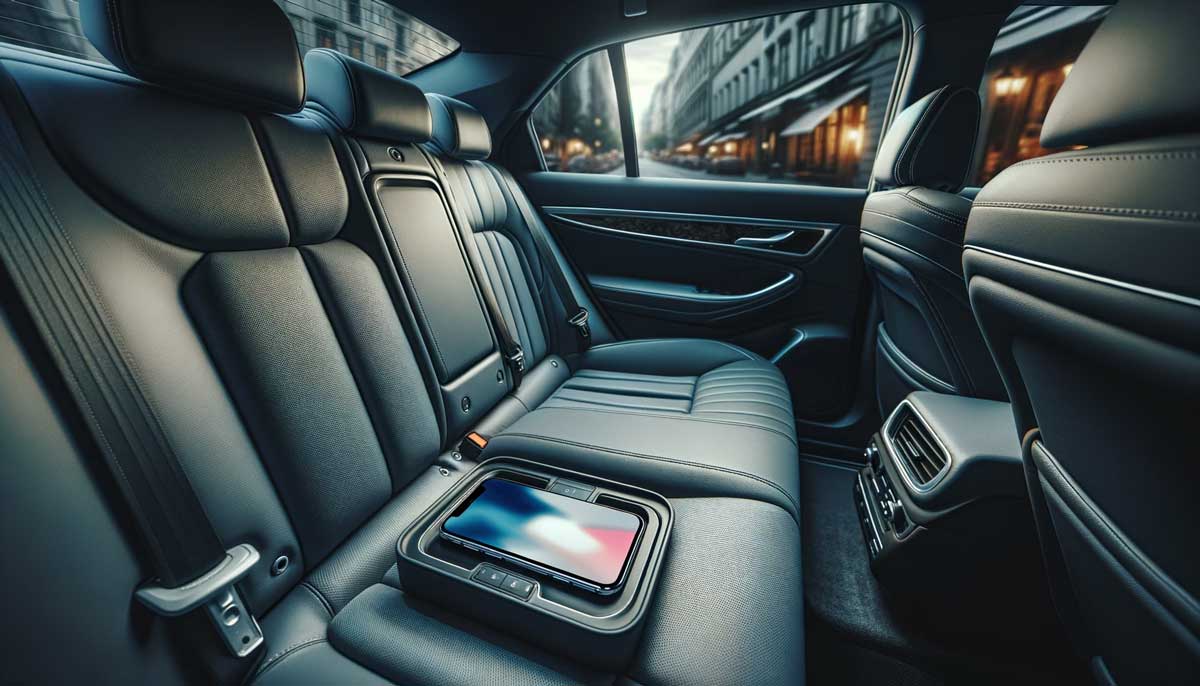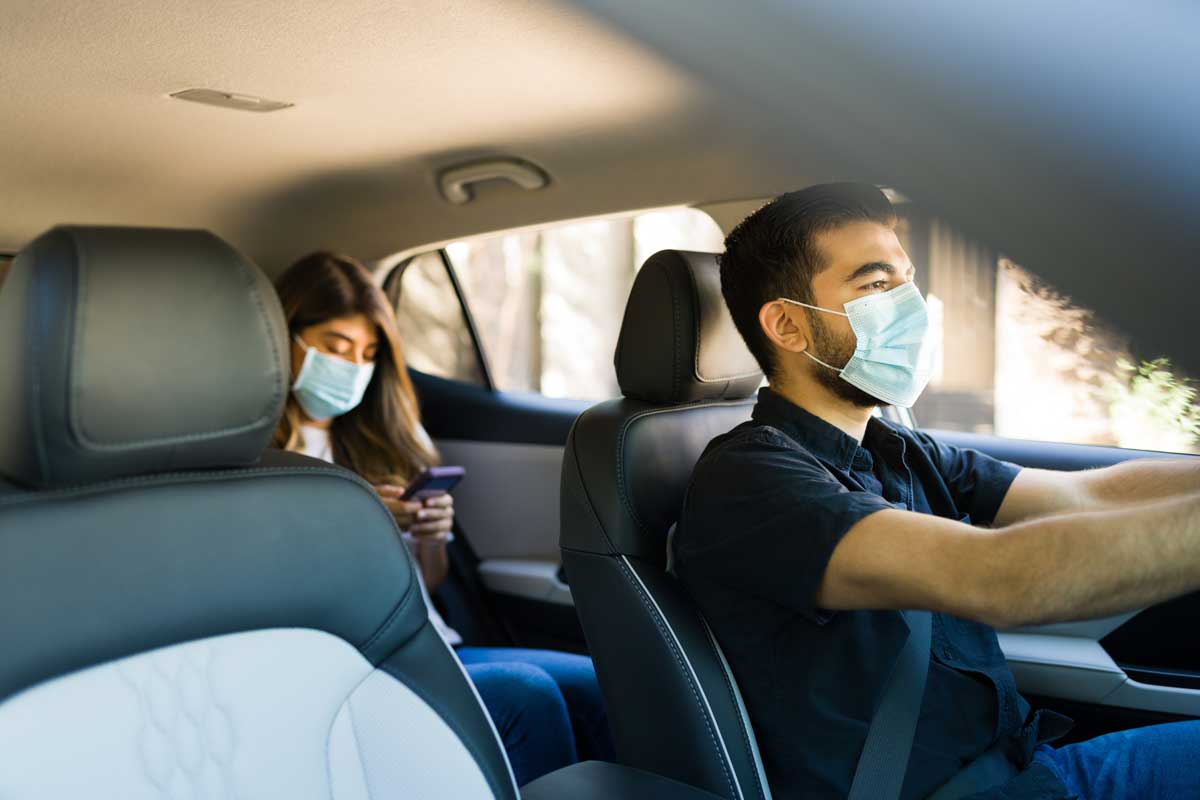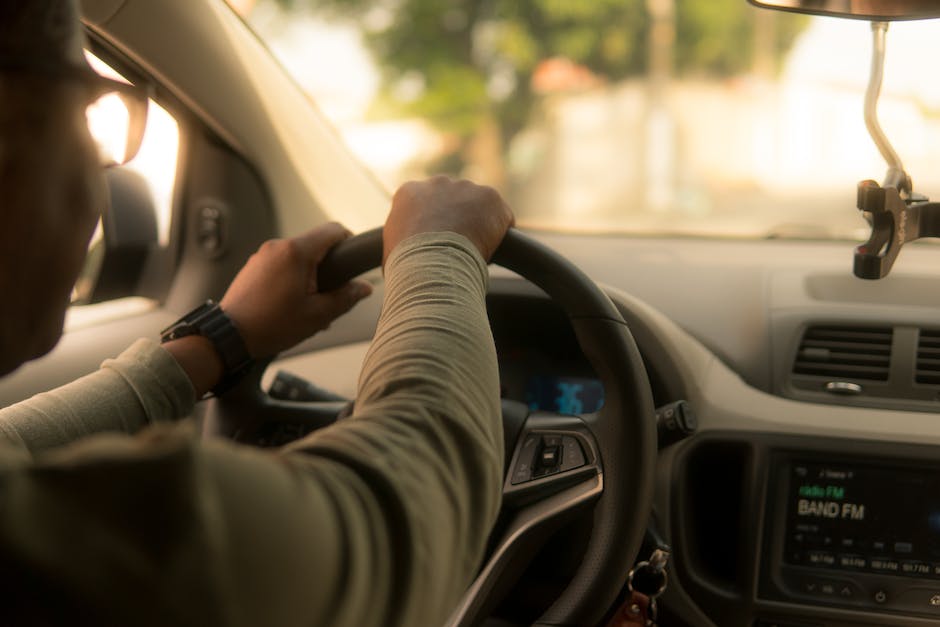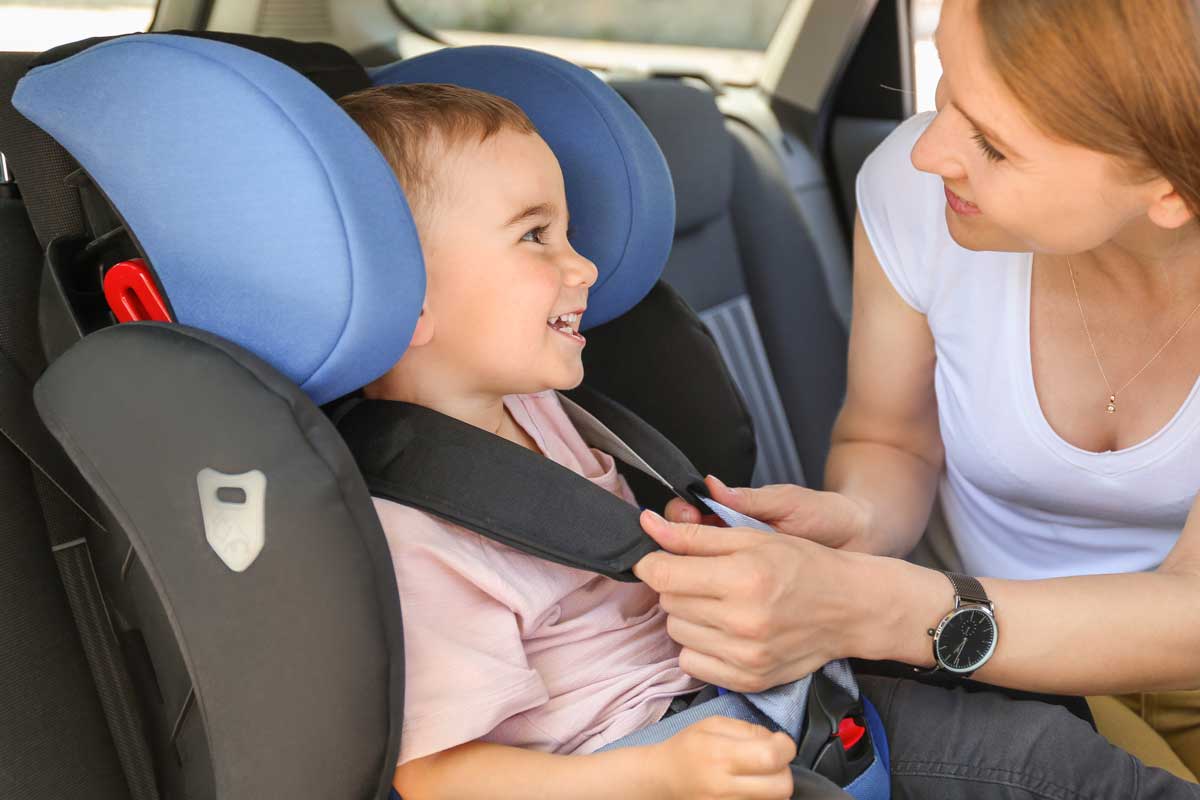When it comes to urban transportation, the debate between using traditional taxis or ride-sharing services like Uber is ongoing. While each has its merits, the decision often boils down to cost.
This blog post provides an in-depth analysis of the pricing structures of both Uber and taxis, examining a variety of factors that influence the overall cost of a ride.
Overview Of Uber And Taxis
The transportation landscape has been dramatically reshaped with the advent of ridesharing services like Uber. This modern alternative to traditional taxi services has sparked a global conversation about cost, convenience, and accessibility. To understand the cost-effectiveness of Uber compared to traditional taxis, it's essential to delve into the specifics of each service.
Advantages Of Uber Over Taxis
- Flexibility And Dynamic Pricing: Uber's pricing model is dynamic, meaning it can fluctuate based on demand, time of day, and traffic conditions. This can be advantageous for riders who can choose to ride during off-peak hours to save money. Moreover, Uber's app provides an estimated cost before you ride, which can help in budgeting your trip in advance.
- Technology Integration: The integration of technology makes Uber a frontrunner in convenience. With just a few taps on a smartphone, you can summon a ride, track the driver's arrival, and make cashless payments. This seamless experience often makes Uber a preferred choice for tech-savvy consumers.
- Ride Options And Quality: Uber offers a range of ride options, from economical shared rides to premium services. The cars are usually well-maintained, and the drivers are rated by passengers, ensuring a consistent quality of service.
Disadvantages Of Uber Over Taxis
- Surge Pricing: While dynamic pricing can be an advantage, it can also be a disadvantage. During peak times, fares can skyrocket due to surge pricing, making Uber more expensive than taxis.
- Regulatory Hurdles And Availability: In some cities, Uber faces significant regulatory hurdles that can affect availability. Moreover, in areas with poor internet connectivity, hailing an Uber can be challenging, whereas taxis are available on the spot.
- Safety Concerns: Although Uber has made strides in improving safety, the lack of rigorous background checks in some regions can be a concern for passengers.
Detailed Comparative Analysis
When comparing the costs of Uber and taxis, several factors come into play. These include base fares, distance traveled, time taken, and additional charges such as tolls or surge pricing.
- Base Fares And Metered Rates: Taxis charge a metered rate that's regulated by local authorities, which can make them more expensive in some cities but cheaper in others. Uber's base fare is typically lower, but the total cost can increase with distance and time.
- Distance And Time: For short trips in high-traffic areas, taxis may turn out to be cheaper since their metered rate doesn't multiply as quickly as Uber's time and distance charges.
- Surge And Peak Times: Uber's surge pricing during peak times can significantly increase the cost of a ride. Taxis, with their regulated rates, do not have surge pricing, which can make them more affordable during high-demand periods.
- Accessibility And Convenience Costs: While not directly related to fares, the ease of hailing an Uber versus finding a taxi can translate into time savings, which is an indirect cost benefit.
Fast Facts
The cost advantage of Uber over taxis becomes more pronounced as the speed of the trip increases. Taxis may be cheaper for slow, short trips, particularly in heavy traffic where taxis charge by time rather than distance.
Factors That Determine Price Comparisons
When it comes to comparing the prices of Uber and traditional taxis, several factors come into play that can significantly influence the final fare. Here's a deeper look into these determinants:
Location
The location where you're hailing your ride plays a crucial role in determining the cost. In densely populated cities with high demand for rideshare services, both Uber and taxis may charge higher rates due to increased operational costs. Conversely, in areas where rideshare services are abundant, and taxis are less common, Uber might offer more competitive pricing.
Time Of Day/Day Of Week
The time of day and the day of the week can greatly affect pricing for both Ubers and taxis. During rush hours, weekends, or special events, demand for rides increases, which can lead to higher prices. Uber's surge pricing model is particularly sensitive to these changes, while taxi rates, although they can include peak time charges, are generally more stable.
Distance Travelled
Distance is a straightforward factor: the farther you go, the more you'll likely pay. However, the way Uber and taxis calculate distance costs differs. Uber uses a combination of distance and time to calculate fares, which can increase costs during slow-moving traffic. Taxis typically charge per mile after the initial base fare, which can sometimes be more economical for longer distances with less traffic.
Special Events And Holidays
Special events and holidays can cause a significant spike in demand for transportation. During these times, Uber's surge pricing can result in fares that are much higher than usual. Taxis may also charge extra fees during these periods, but these are usually predetermined and regulated.
Flat Rates, Surge Pricing, And Other Extra Costs
Both Uber and taxis may offer flat rates for common routes, such as airport trips. However, Uber's surge pricing can dramatically increase costs during periods of high demand, which doesn't apply to taxis. Additionally, both services may charge extra for things like tolls, but Uber might also include other costs such as an operating fee to support regulatory, safety, and operational expenses.
Fast Facts
As demand increases during rush hours, weekends, or special events, prices can rise.
Which One Is More Cost-Effective Ride?
Determining whether Uber or taxis offer a more cost-effective ride requires a nuanced understanding of their pricing structures and the various factors that can influence the final fare. Here's an expanded analysis based on updated information:
Uber's pricing model is similar to traditional taxicab companies, but with some key differences that can affect cost-effectiveness. The cost of an Uber ride varies depending on the city, the distance of the trip, the time it takes to reach the destination, and the level of service chosen (e.g., UberX, UberBlack).
On average, an Uber fare is around $24 in the U.S., but this is a general figure across all service areas and tiers. For the most economical tier, UberX, fares can be significantly lower, averaging around $10. However, these rates can fluctuate based on several factors:
- Location: In densely populated cities like Los Angeles or New York, Uber fares tend to be higher compared to smaller cities.
- Time And Distance: Uber charges a base fare plus additional costs for the time and distance covered during the ride.
- Extra Charges: Riders may incur additional charges for tolls, airport pick-ups or drop-offs, and a "Safe Rides Fee" in the U.S. and Canada, which covers operational costs for safety standards.
- Surge Pricing: During times of high demand, inclement weather, or special events, Uber's surge pricing can significantly increase fares, sometimes making them more expensive than taxis.[2]
Despite these potential extra costs, Uber often comes out as the cheaper option compared to traditional taxis. Uber fares are usually 40% cheaper than traditional taxi fares for longer trips at faster speeds, making it a more cost-effective option than traditional taxis.[1] However, during surge pricing, the cost for an Uber ride can almost double compared to a taxi.
Uber argues that even if fares are higher, the benefits of using their service in crowded urban areas outweigh the costs. These benefits include the convenience of being picked up at any location, faster arrival times, reliability, and the ease of automatic payment through the app.
In contrast, traditional taxis have a more predictable pricing model, which can sometimes work out to be more cost-effective, especially during Uber's surge pricing periods. Taxis may not offer the same level of convenience as Uber, but they provide a consistent rate without dynamic pricing.
Ultimately, the most cost-effective option between Uber and taxis will depend on the specific circumstances of each ride, including the city, time of day, distance, and personal preferences for convenience and service.
Frequently Asked Questions
To help you better understand —-, we've answered some of the most frequently asked questions.
How does Uber's pricing model differ from that of traditional taxis?
Uber's pricing model is dynamic, with fares fluctuating based on demand, traffic, and other factors. Traditional taxis typically charge a metered rate that's regulated and less subject to change due to demand.
Can Uber be more expensive than taxis?
Yes, during times of high demand, Uber's surge pricing can make rides significantly more expensive than taxis, which usually maintain consistent rates.
Are there any times when it's cheaper to take a taxi over an Uber?
Taxis can be cheaper during peak Uber surge pricing times, like rush hour, special events, or holidays.
What additional costs should I consider when comparing Uber and taxi fares?
Additional costs can include tolls, airport fees, parking, and for Uber, a "Safe Rides Fee" in some regions, as well as potential surge pricing.
How can I estimate the cost of an Uber or taxi ride before I book?
Uber provides fare estimates through its app before you book a ride. For taxis, you can often find fare calculators online based on the city's regulated rates.
Is Uber available in all the same locations as taxis?
No, Uber's availability can vary and is not as widespread in some rural or less populated areas where traditional taxi services may still dominate.
The Bottom Line: Ubers vs. Taxis
Whether Ubers are cheaper than taxis is not a straightforward question. It depends on a variety of factors, including location, time of day, and individual needs. For the budget-conscious, timing Uber rides during off-peak hours can lead to savings, while for those who value predictability and the absence of surge pricing, taxis may be the better option.
Learn more about Uber pricing by exploring our guide on Uber cancellation fee. To learn more, visit Keep Driving and browse the resources available.


